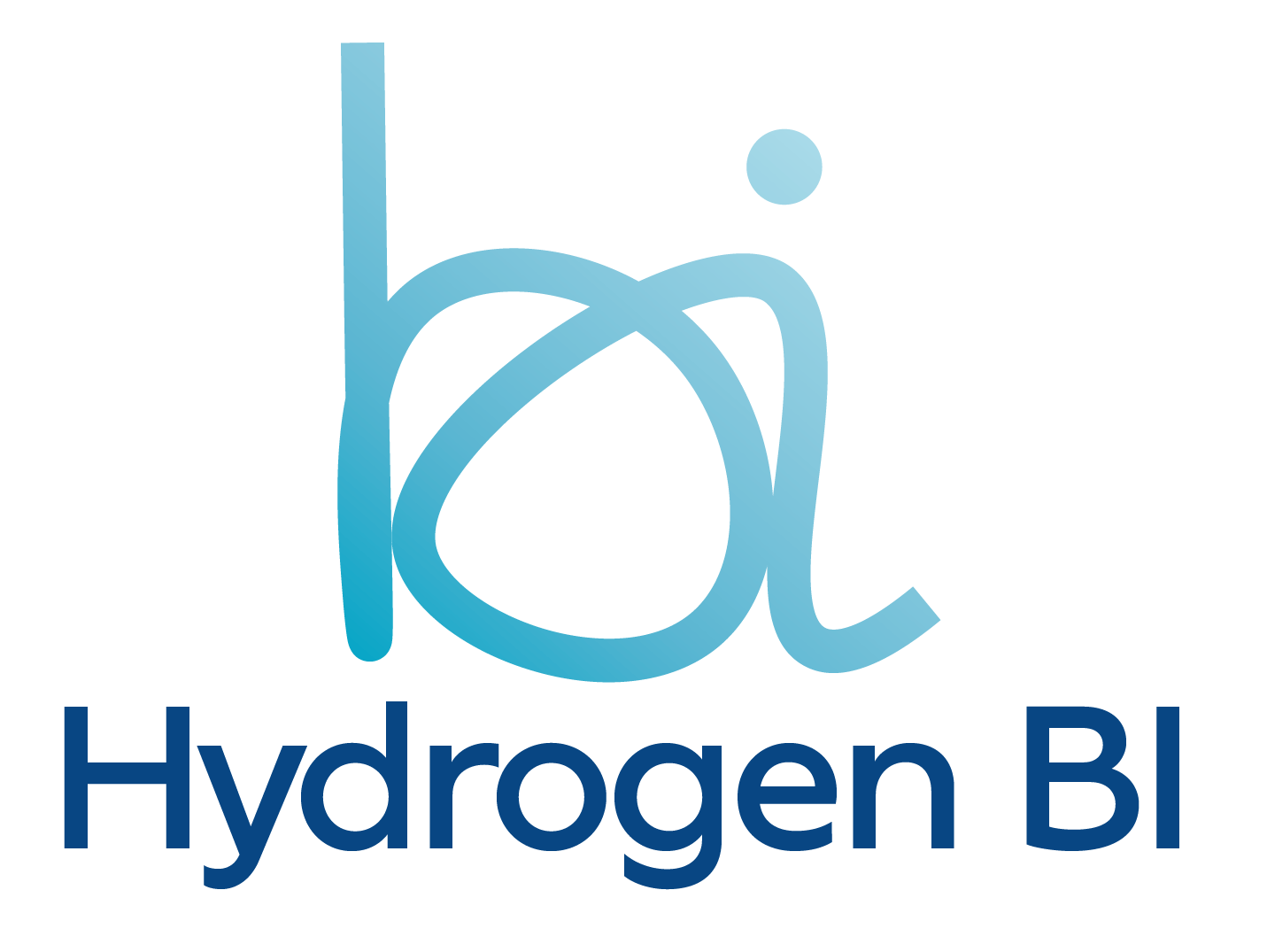Revolutionising Sales Forecasting at HotHouse Beauty
- Alex Hughes

- Jun 12, 2024
- 3 min read
Updated: Mar 12
Introduction
HotHouse Beauty, a company renowned for creating innovative brands and award-winning products, embarked on a transformative journey to streamline their sales forecasting processes. Specialising in the development, manufacture, and distribution of Toiletries, Beauty, and Home Fragrance brands, HotHouse Beauty's portfolio includes popular brands such as St. Moriz, Kids Stuff, and The Hair Boss by Lisa Shepherd. These products are available in leading retailers, online marketplaces, and directly from their websites. The company's growth and complexity necessitated a robust and integrated sales forecasting system.
Background
HotHouse Beauty's success is built on the expertise of a dedicated team of specialists who excel in their respective fields. Despite their innovative approach to product development, the company faced significant challenges in their sales forecasting processes. The sales team lacked a cohesive system to track sales data, predict future sales, and manage stock levels effectively. Their disparate systems did not communicate with each other, resulting in inefficiencies and inaccuracies.
The Problem
The primary issue was the sales team's inability to determine the quantity of items they needed to sell, the number of items already sold, and to forecast sales for the upcoming month accurately. The lack of integration between their systems prevented them from comparing stock levels with sold data. Furthermore, the team needed to identify trends in the data and manipulate it in various ways to make informed decisions.
Solution
HotHouse Beauty partnered with Hydrogen BI to develop a bespoke reporting system tailored to their needs. The new Sales Forecasting System was designed to interface seamlessly with Sage 200, their existing ERP system. The development team at Hydrogen BI created a user-friendly platform where sales personnel could log in, input their sales data and projections, and receive comprehensive insights.
Implementation
The system implementation involved several key steps:
Integration with Sage 200: Ensuring seamless communication between the Sales Forecasting System and Sage 200 to provide real-time data synchronisation.
User Interface Design: Developing an intuitive interface for sales personnel to easily input data and retrieve necessary information.
Data Analytics: Incorporating advanced data analytics capabilities to identify trends and generate accurate forecasts.
Stock Management: Integrating stock level checks to ensure sufficient inventory to meet projected sales.
Training and Support: Providing thorough training and ongoing support to the sales team to maximise the system's effectiveness.
Results
The introduction of the Sales Forecasting System brought about significant improvements:
Efficiency: The system saved considerable time previously spent on manual data entry and reconciliation.
Stress Reduction: The streamlined process alleviated stress for the sales team, allowing them to focus on strategic tasks.
Data-Driven Decisions: The ability to view and manipulate data in various ways empowered the team to make informed decisions based on real-time insights.
"The development of our Sales Forecasting System has been a game-changer for HotHouse Beauty. It has not only streamlined our processes but also provided our team with the tools they need to make informed decisions, ultimately driving our growth and success." – Managing Director
Analysis
The development and implementation of the Sales Forecasting System at HotHouse Beauty underscore the importance of integrated and automated systems in modern business operations. The bespoke solution provided by Hydrogen BI not only addressed the immediate challenges but also laid the groundwork for future scalability and innovation.
Lessons Learned
Integration is Key: Ensuring that systems can communicate seamlessly is crucial for accurate and efficient data management.
User-Centric Design: Designing user-friendly interfaces encourages adoption and maximizes the system's utility.
Continuous Support: Ongoing training and support are essential for the successful implementation of new systems.
Future Recommendations
Expand Analytics Capabilities: Incorporate more advanced predictive analytics to further enhance forecasting accuracy.
Regular System Updates: Keep the system updated with the latest technology advancements to maintain its effectiveness.
Feedback Mechanism: Establish a feedback loop with users to continuously improve the system based on their experiences and suggestions.
Conclusion
The Sales Forecasting System developed for HotHouse Beauty by Hydrogen BI represents a significant advancement in the company's operations. By addressing the core issues of data integration, accuracy, and usability, the system has transformed how the sales team manages and forecasts sales. This case study highlights the critical role of tailored technological solutions in driving business success and operational excellence.




